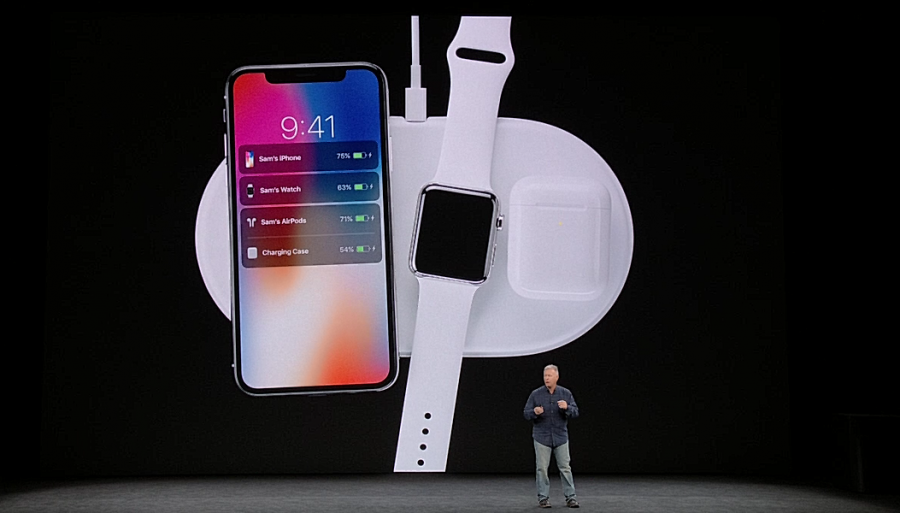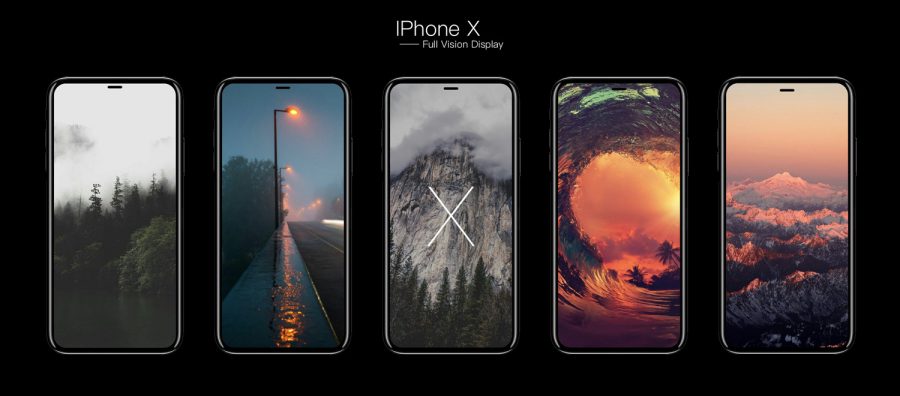Apple released new security and privacy information on its website, and it was more refreshed and advanced than ever. It comes with essential material about the new iPhone X’s “Face ID” to explain people a little more about how this facial recognition works to unlock the smartphone under pressure, and where the device keeps this facial information.
This is the first time Apple shows the renewed support page and details the Face ID security in a six-page, technical white paper since the iPhone X was announced on September 12 – at the Steve Jobs Theatre, where the Apple’s annual conference was held.
“So much of your personal information … lives on your Apple devices,” the American technology company wrote on the new page. “Your heart rate after a run. Which news stories you read first. Where you bought your last coffee. What websites your visit. Who you call, email, or message.”

Although this represents a huge advance in technology and the smartphone world, it is also a big concern for the state security officials.
On Sept. 14, Democratic Sen. Al Franken of Minnesota wrote a letter to Apple CEO Tim Cook. In it, the senator asked how the phone keeps the facial data, and that if a third-party app could access and steal it. He also asked Cook how the biometric will apply in the courts and with police.
Today is the first time that Apple seems to answer the Senator’s questions and calm some of his concerns.
Unlike fingerprints recognition, Face ID continuously stores data
The Facial ID system works similar to the recent fingerprints recognition: it stores the information of the user’s face, and then creates a partial version to compare against future, unfamiliar faces trying to unlock the iPhone X.

The device saves partial data of the face, making it impossible to use for a reconstruction if this is hacked and robbed. And if this is not enough, the smartphone also stores random elements from other faces, making it even harder to predict and spoof the system.
The process does not stop when the user first registers its face. In fact, it continues every time it uses the Face ID, saving an essential data that the device can use later when it’s needed. This way, the phone can obtain new information of the changes the user’s face is going through – like getting bigger due to some weight, growing a beard, wearing different accessories like sunglasses or piercing, etc.
The iPhone X’s Face ID doesn’t keep hundreds of simple photos of the user’s face like it was thought by many, it’s more complicated than that. It uses the camera to see how the facial features are organized, creating something similar to a face’s map by using and matching around by 30,000 dots. It stores the “mathematical representation” of the owner’s face, rather than the image itself.
“To improve unlock performance and keep pace with the natural changes of your face and look, Face ID augments its stored mathematical representation over time,” said Apple on its website. “Upon successful unlock, Face ID may use the newly calculated mathematical representation — if its quality is sufficient — for a finite number of additional unlocks before that data is discarded.”
Source: Apple
